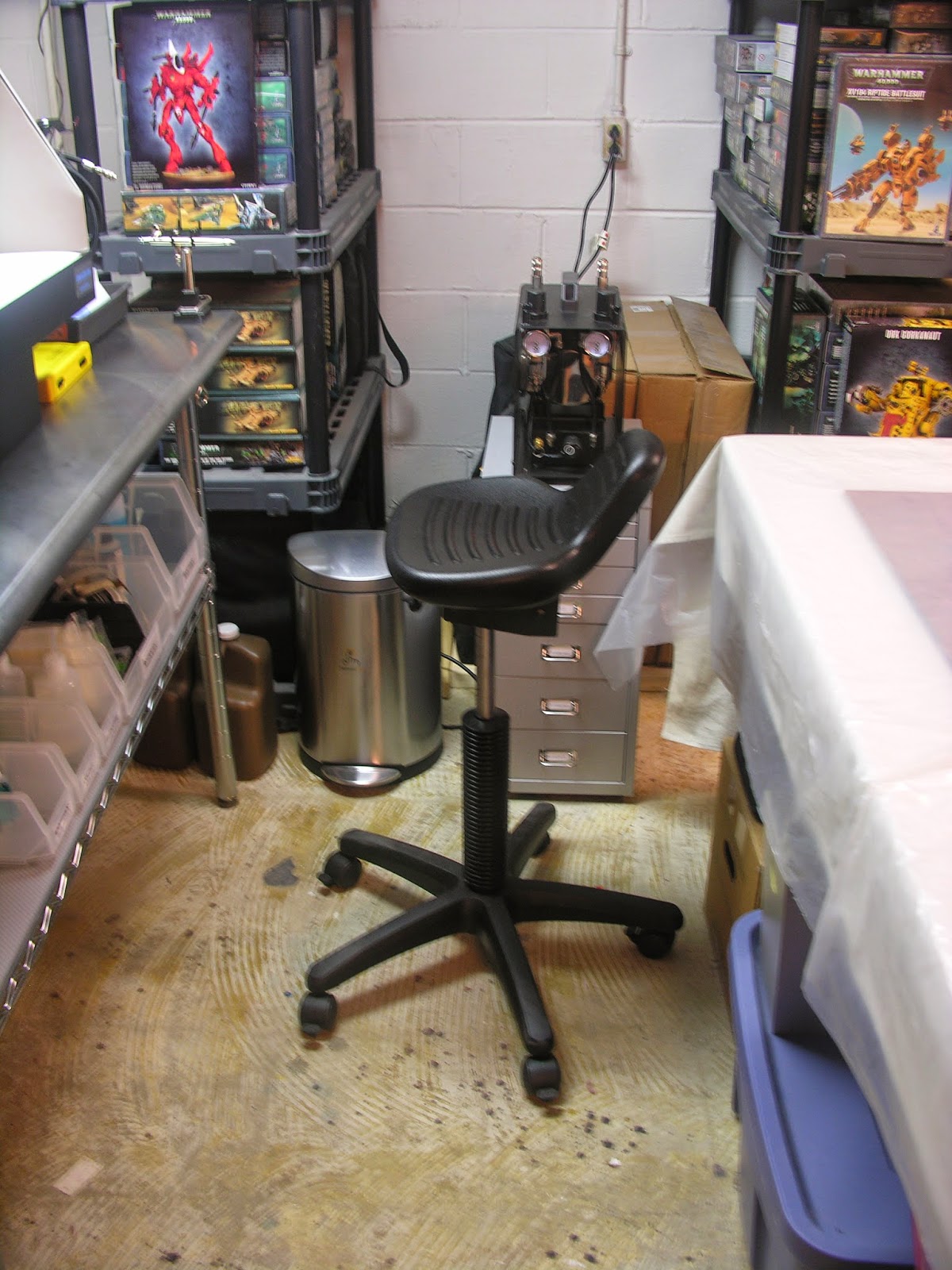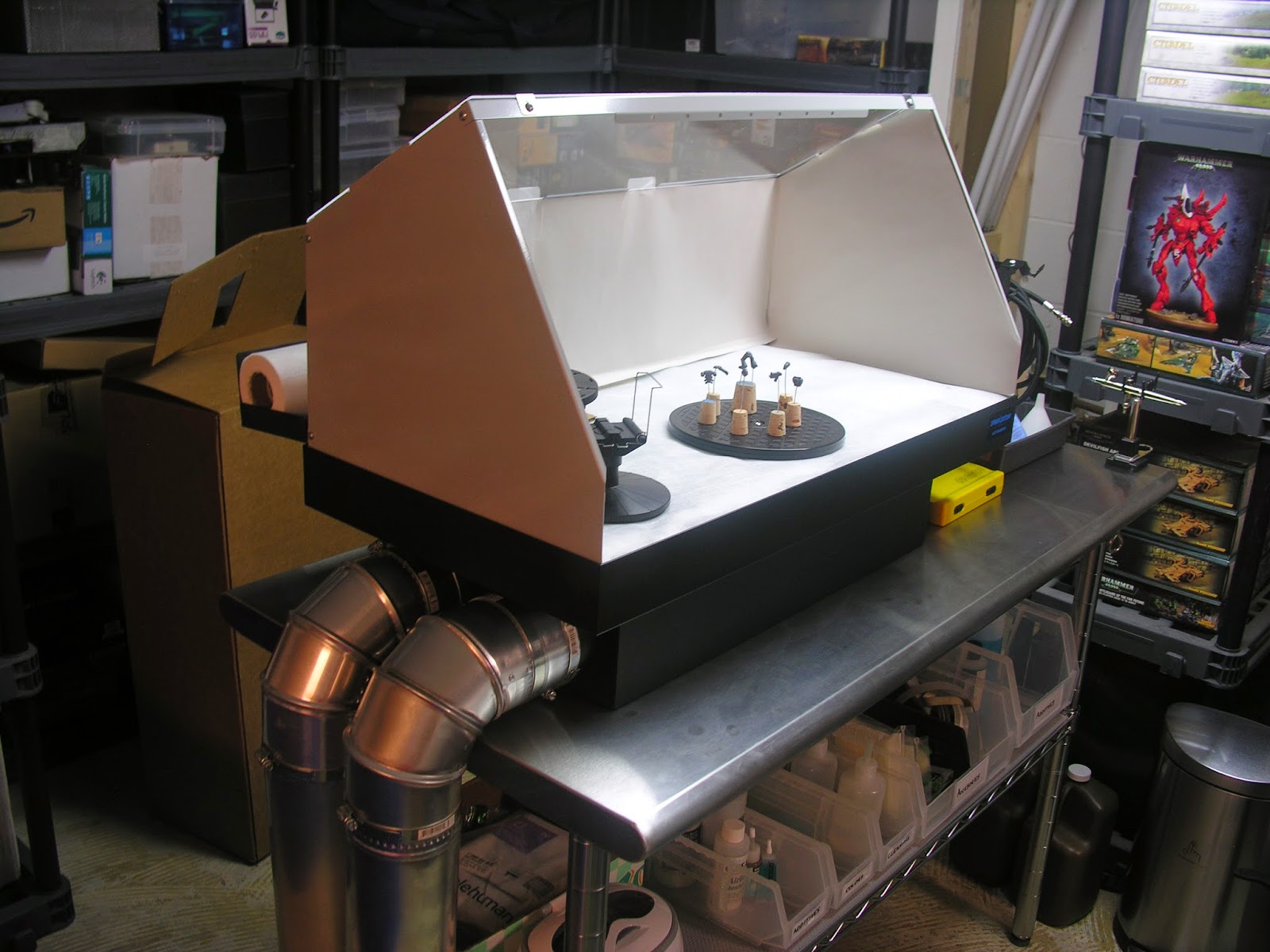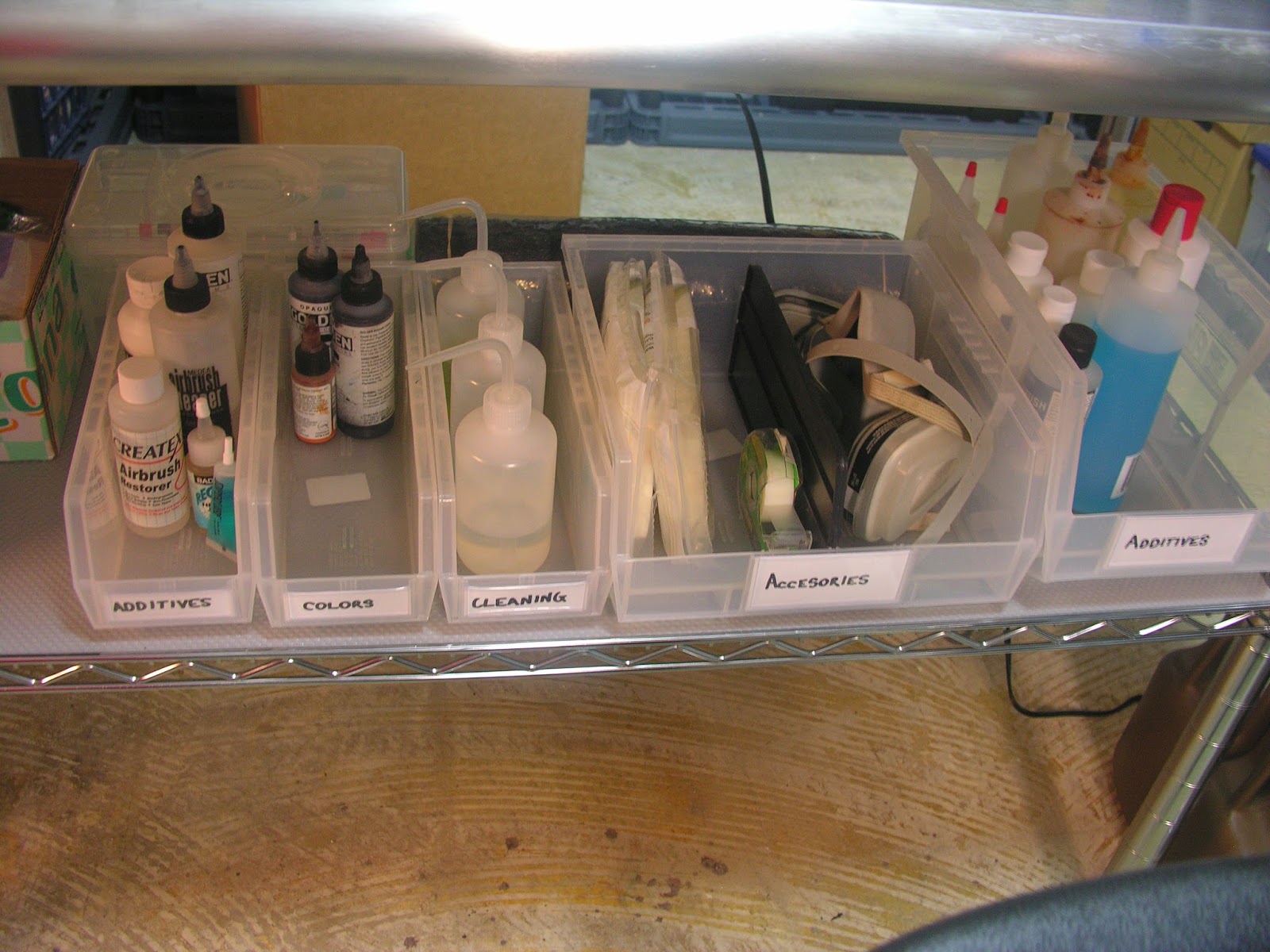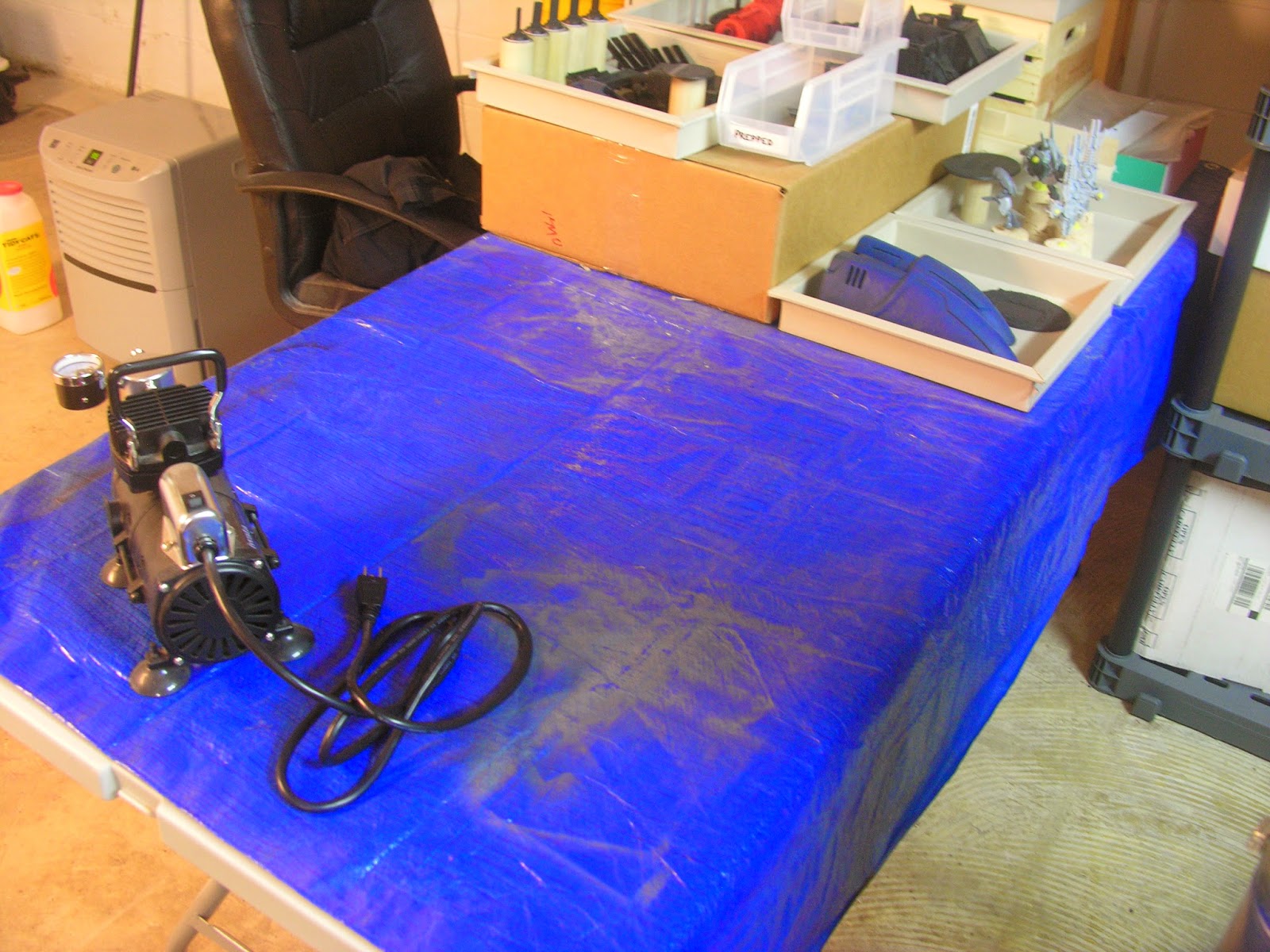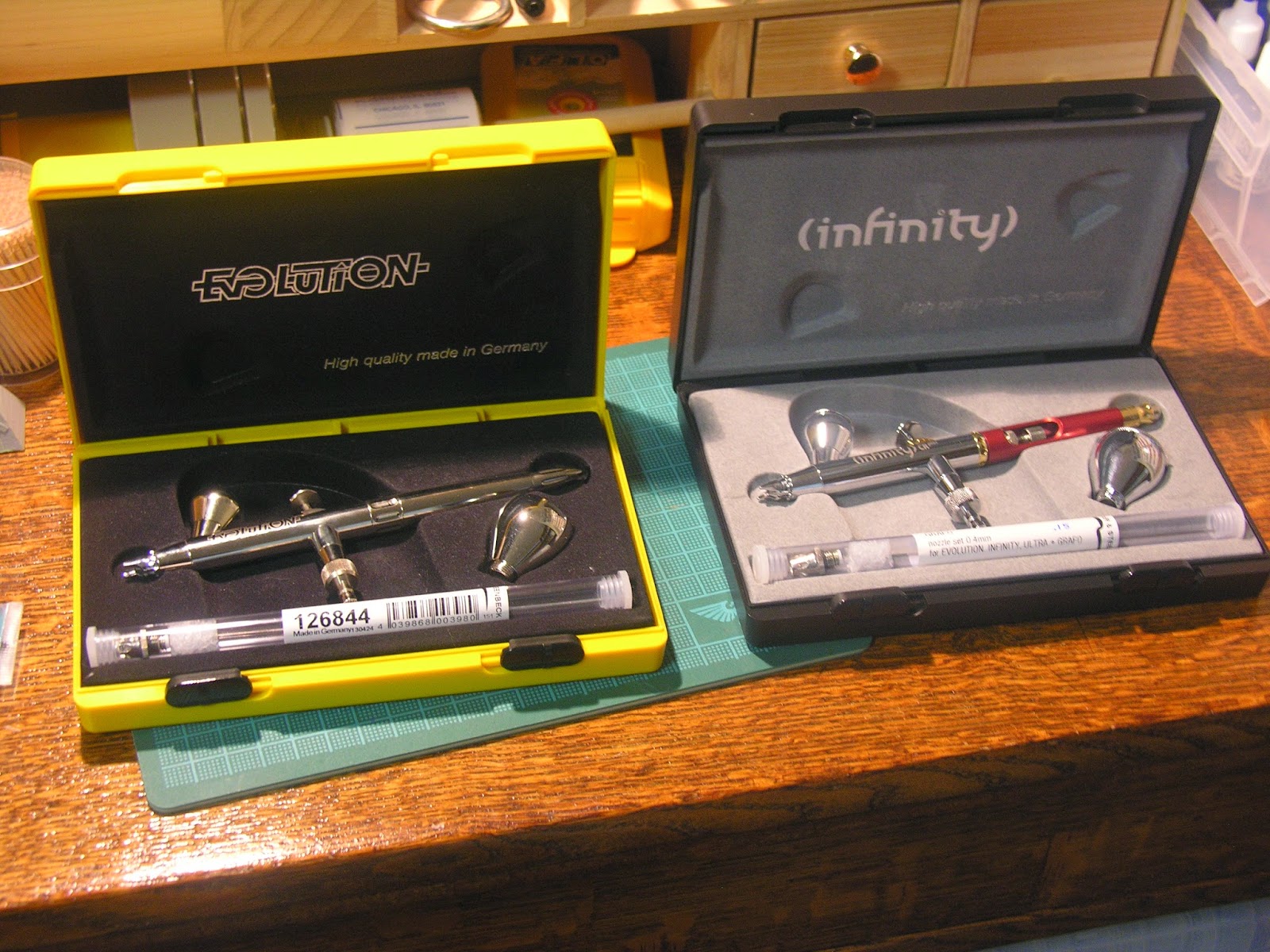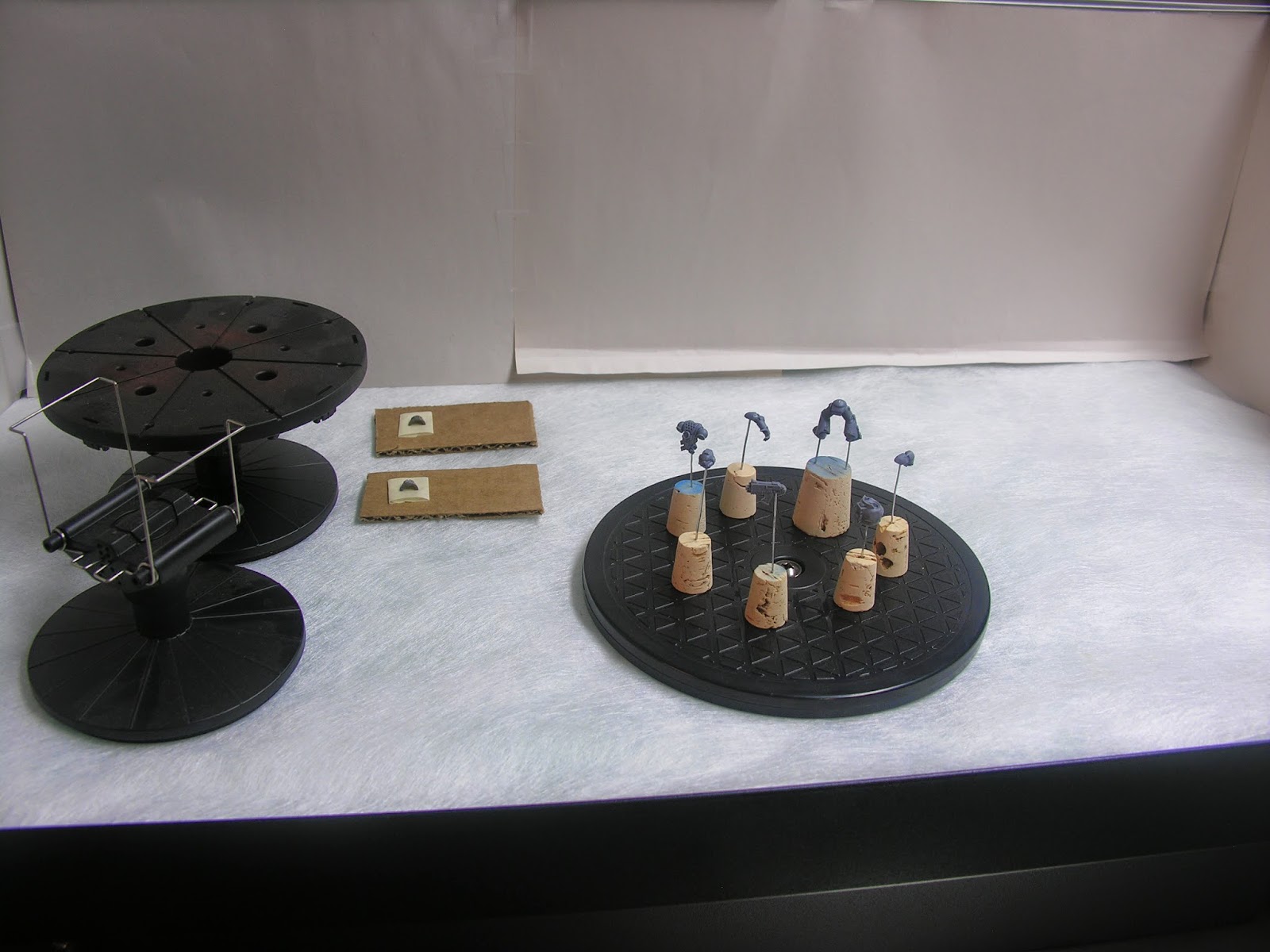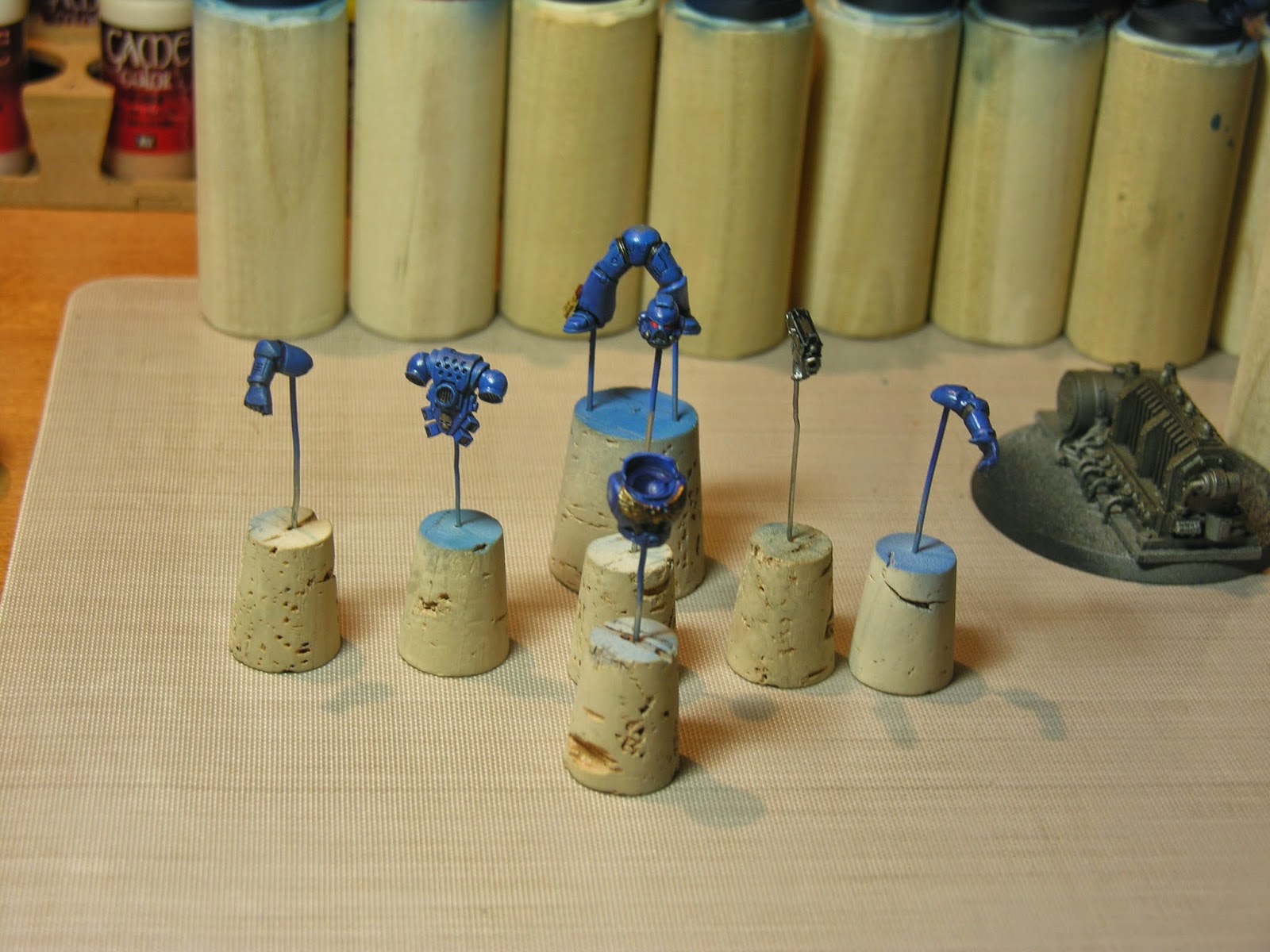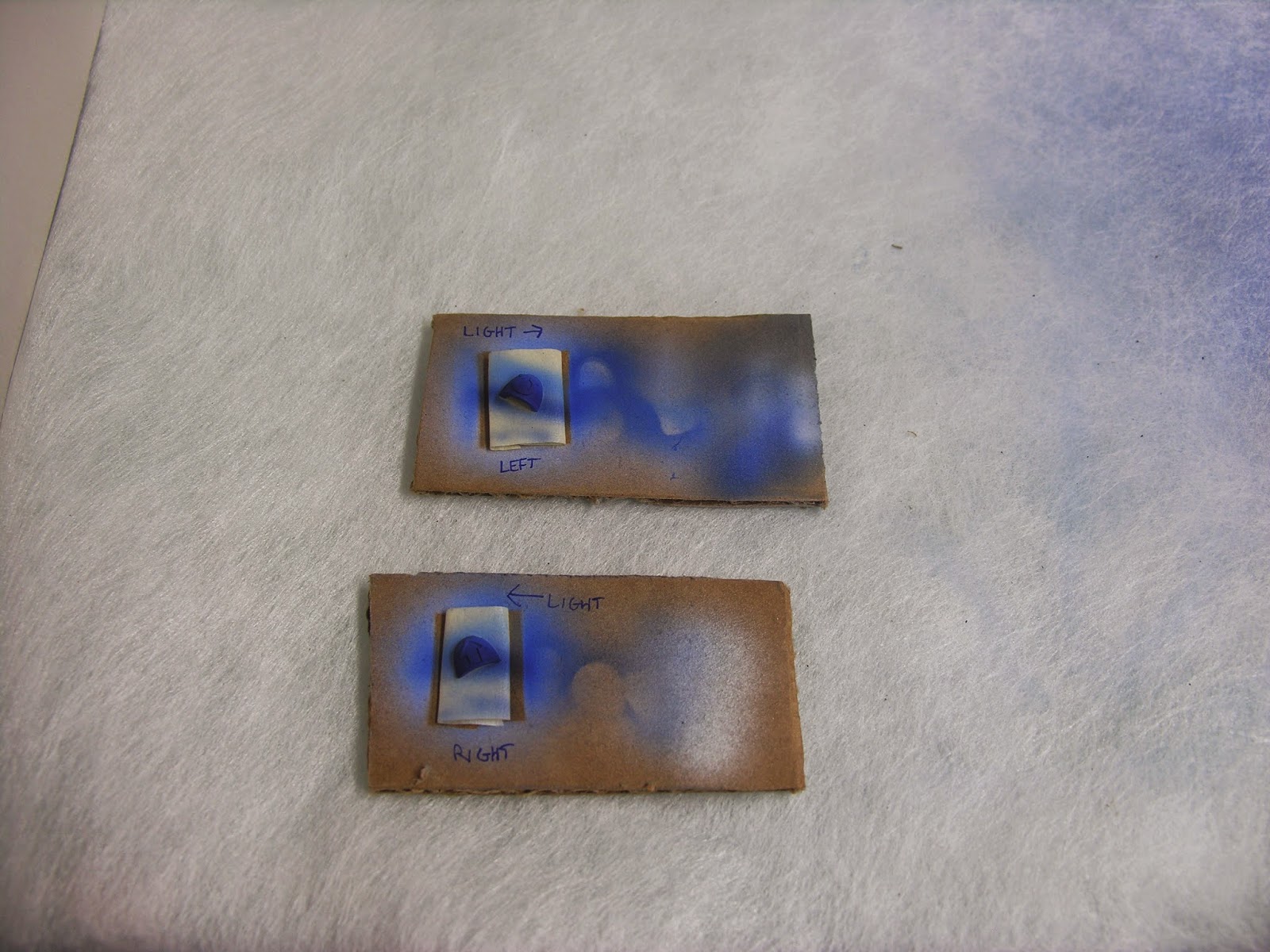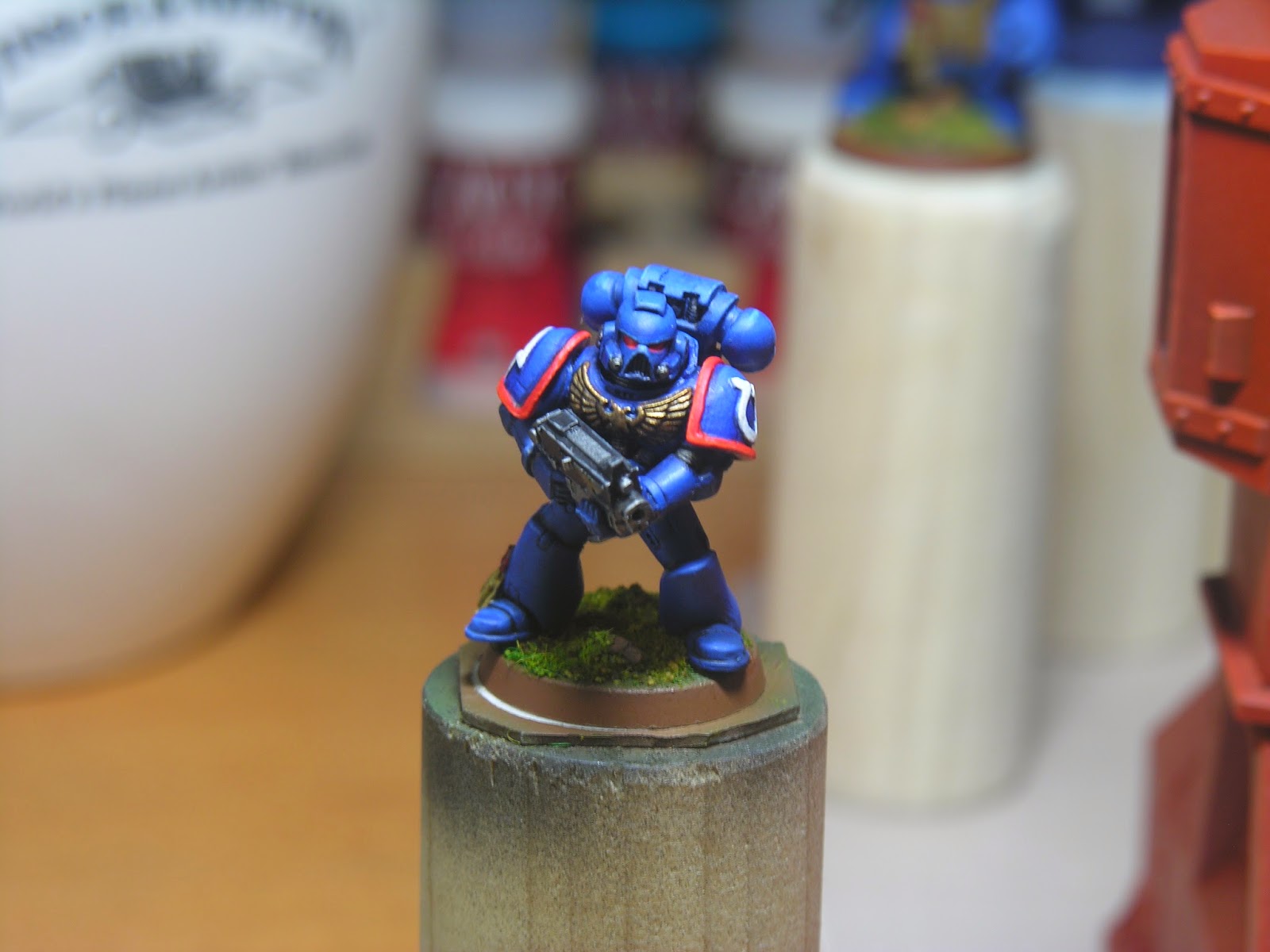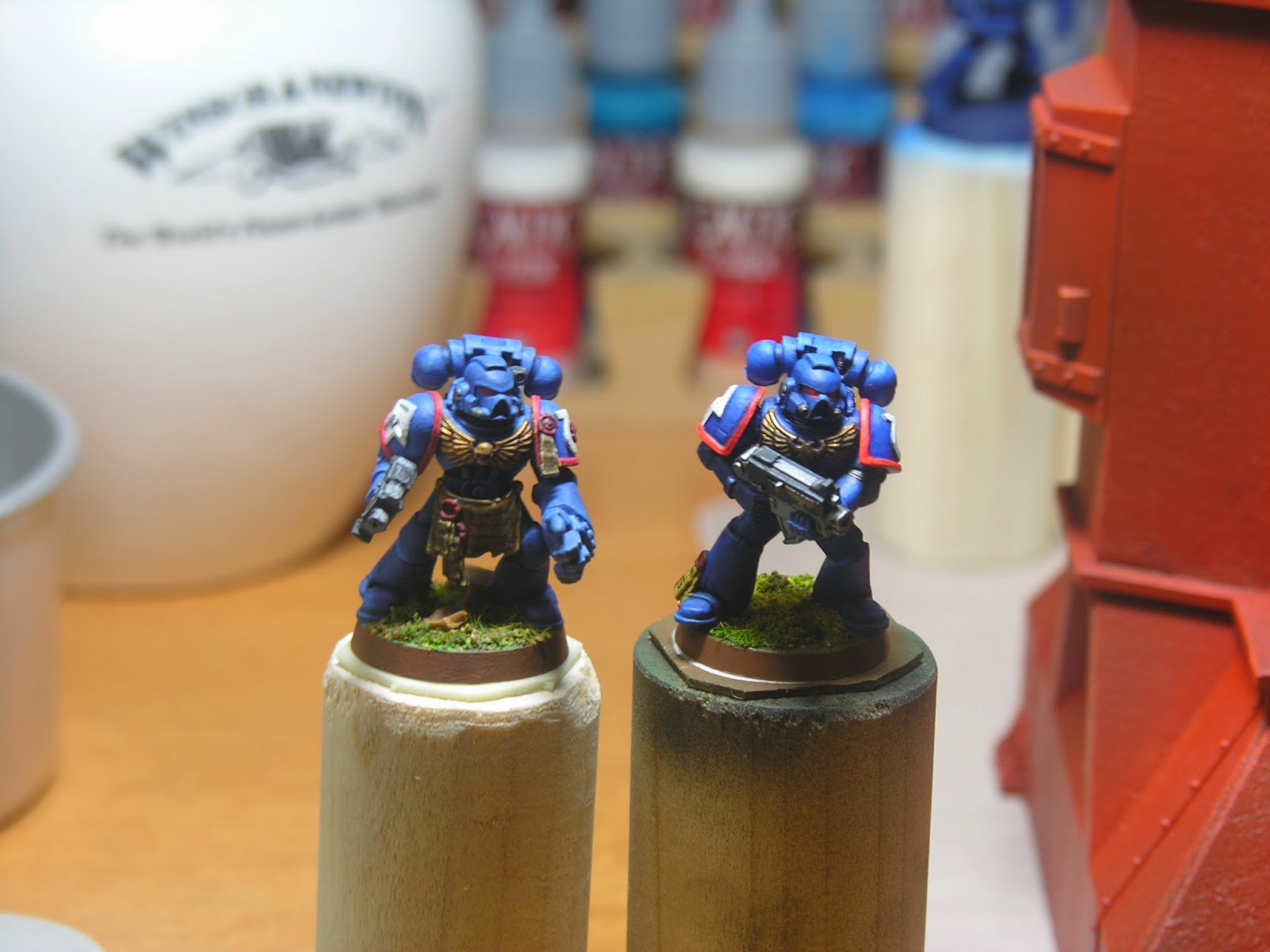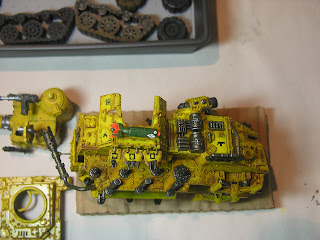This entry I want to show some of my old Forgeworld pieces that
have been sitting around for a long time that I finally painted.
Forgeworld has produced a number of terrain pieces
over the years that provide great visual flavor to any board.
I do enjoy the Horus Heresy collection;
however I believe that has taken away from the variety of other things
Forgeworld used to produce like ruined terrain and other such things.
Every once in a while we see a glimpse of
that brilliance.
I would point to the crashed
Thunderhawk Realm of Battle board as a recent example.
I have a number of nice Forgeworld pieces sitting around
some like the Tau turret and sensor tower can still be purchased and one Imperial moisture condenser are long gone.
I have easily had these pieces probably six years or more sitting around
unpainted. I think part if the reason is
I simply couldn’t get the finish I really wanted on these pieces and why pay a
premium for a nice piece but not have a matching quality paint job. I don’t like people painting my stuff so it
sat around until a solution presented itself.
That solution was an airbrush.
Airbrushing has allowed me to get great coverage and smooth finishes in
the fraction of the time it would take otherwise. I have also achieved spectacular blending
that is exceptionally more difficult to achieve with a conventional brush. In a future entry I’ll go into more detail
about airbrushing but for now it suffice to say that is what has unlocked my
ability to get finishes on Forgeworld stuff that are worthy of the models
themselves.
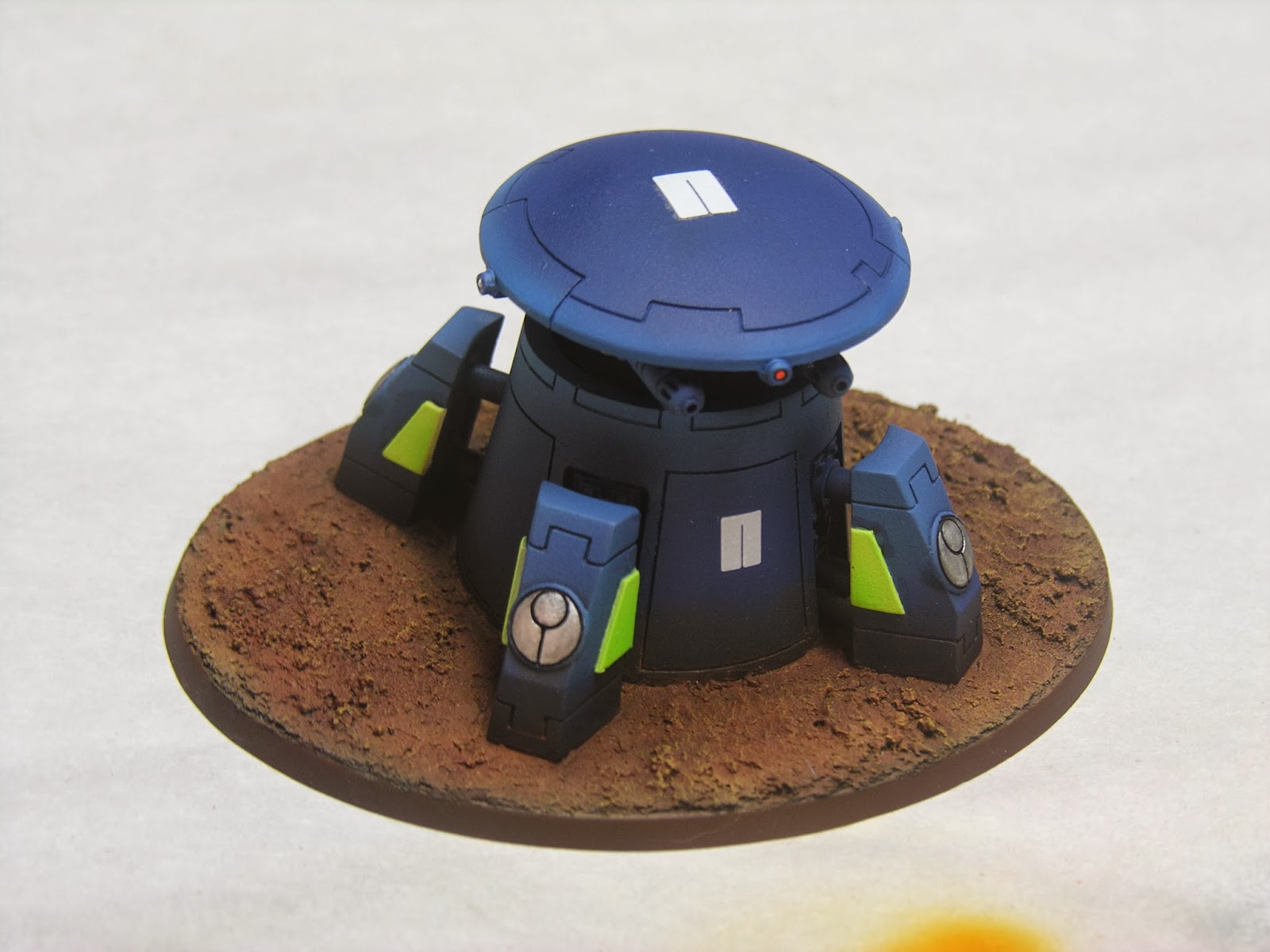
Here you see the Tau turret.
I airbrushed the vast majority of this model.
The airbrush was used to prime, base-coat,
highlight and shade.
A brush was used
for finer details and finishing.
The fluorescent
green was airbrushed as well but I used masking tape to do that without
bleeding into the blue.
This is where an
airbrush really shines.
This particular
color is very thin and needs a number of coats to really show.
You can also get very inconsistent coats with
brush strokes showing.
An airbrush works
this color to precision and really lets it show.
The Tau sensor tower is same paint job as the turret so there
isn’t too much to say. Here the fluorescent
green was in too small of an area to mask for so I did that by hand. I also modeled the tower as closed as I found
the open look awkward. I might buy
another way and model open for some variety.
I do plan to buy more turrets as I love those.
The last piece here is the Imperial moisture condenser. If you Google this you will find shoots of it
painted in a sand color but I really wanted to do something different so I went
with a soft pastel blue. I did the tanks
in a vibrant red to set a good contrast and make the piece pop. I airbrushed the pastel blue, base-coat,
highlights and shade. I also airbrushed
the large tank masking off the rest of the piece to get that good finish. Lots of details on this piece which were
picked out by hand. Washes and pigments
were used for finishing touches.
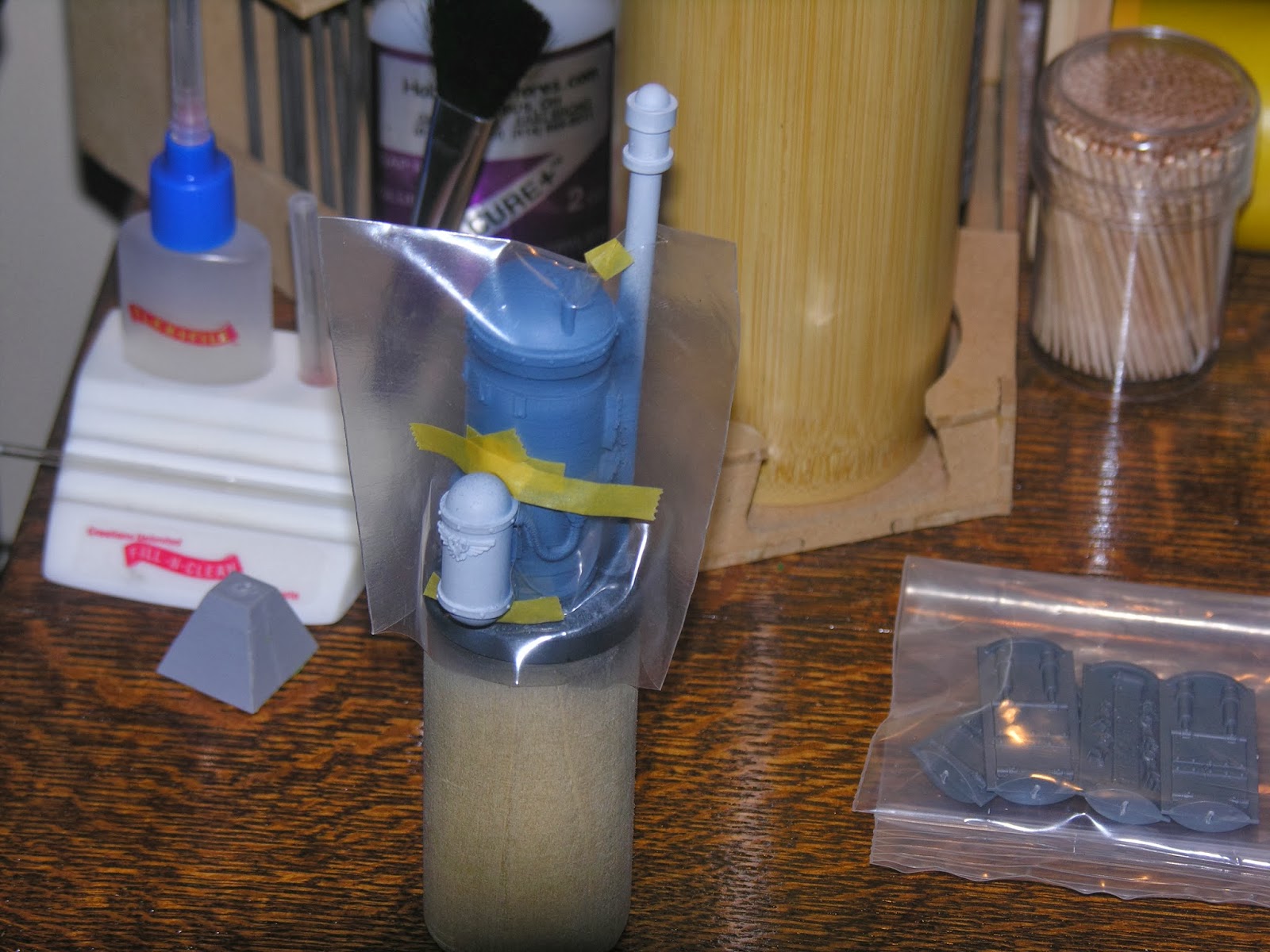 |
| The condenser masked for painting |
|
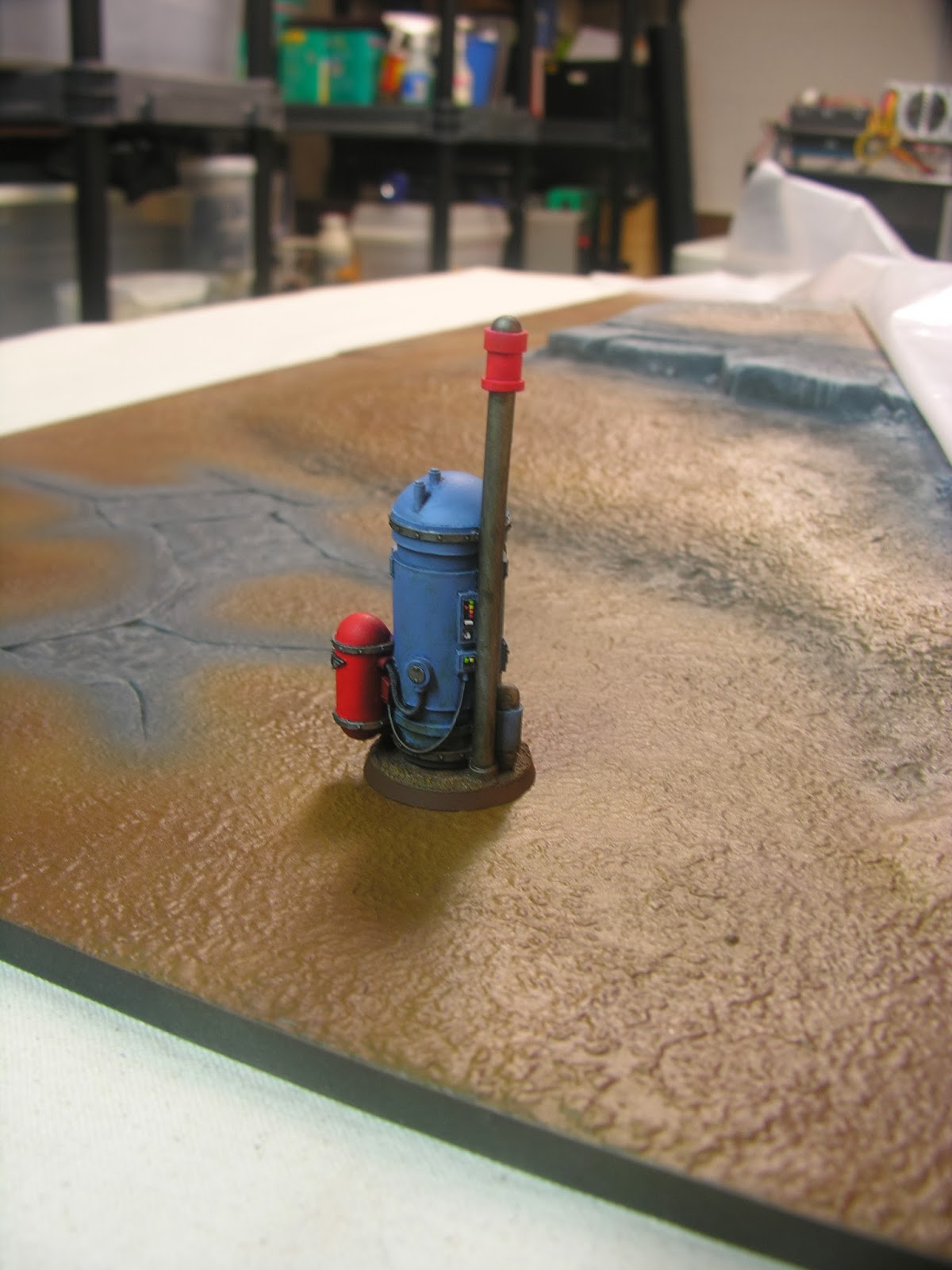 |
| The control panel is visible above |
